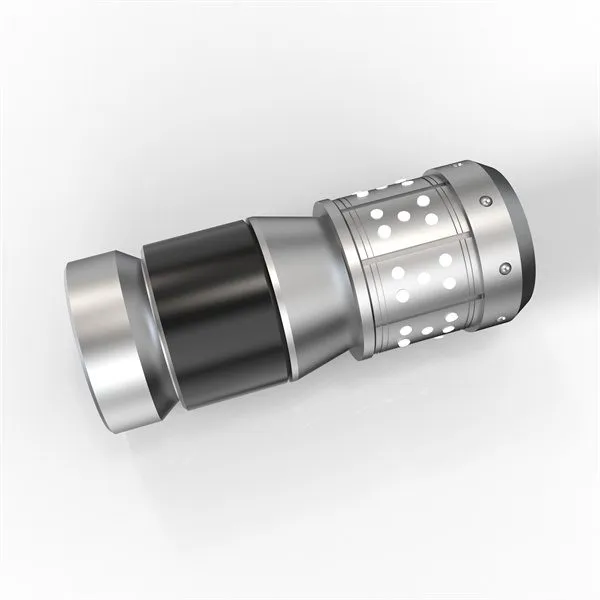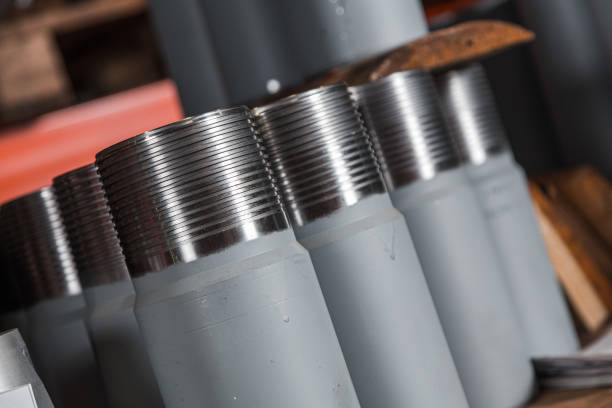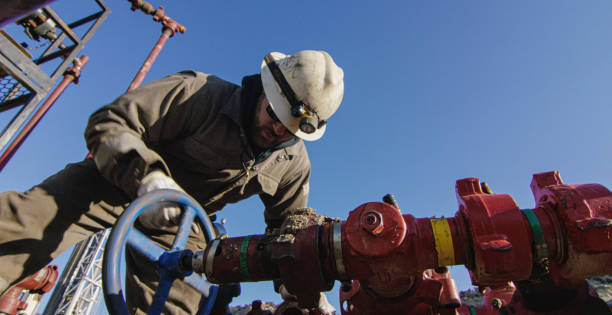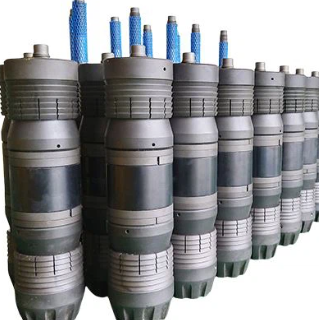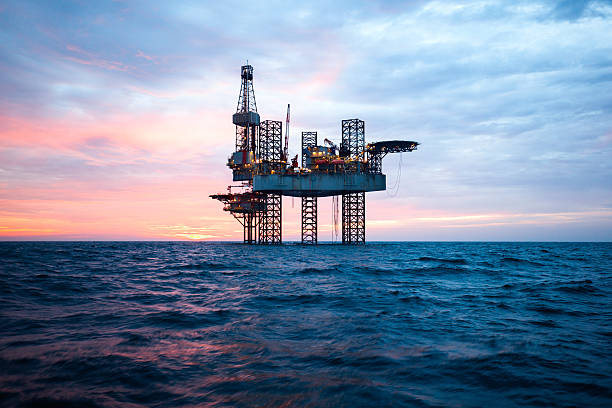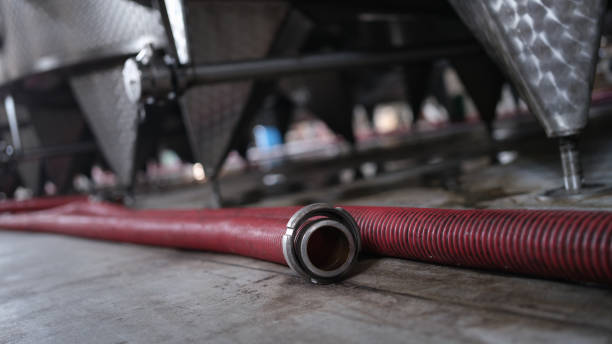
Antistatic Tpu Frac Hose
Antistatic TPU fracturing hose: the flexible artery of the energy revolution
In the roar of shale oil and gas development, high-pressure fracturing fluid is like a carving knife for underground rock formations, and the antistatic TPU fracturing hose, which is responsible for transporting tens of thousands of liters of mixed fluid, is an indispensable flexible artery in this energy revolution. This special hose that combines the material properties of thermoplastic polyurethane (TPU) with static dissipation technology not only breaks through the performance limit of traditional rubber hoses, but also reshapes the technical standards of fluid transportation equipment with its unique structural design.

- Material Revolution: Engineering Breakthrough of TPU
TPU is a thermoplastic elastomer. The hard segment (MDI, BDO) and soft segment (polyester/polyether polyol) in its molecular chain form a microphase separation structure, which gives the material triple characteristics: - Mechanical properties: tensile strength reaches 45MPa, tear strength exceeds 120kN/m, and can withstand the continuous impact of sand particles in fracturing fluid;
- Environmental tolerance: wide temperature range stability from 50℃ to 80℃, chemical corrosion resistance with a pH value of 212, and wear resistance of 4000 DIN test cycles, far exceeding the 1500 times standard of NBR rubber;
- Processing advantages: melt index (MFI) is controlled at 815g/10min (190℃/5kg), ensuring that the interlayer bonding strength during co-extrusion molding is >5N/mm².
Antistatic Tpu Frac Hose
Experimental data from LyondellBasell in the United States show that the wear rate of TPU in a 10% quartz sand suspension is only 0.12 mm³/(N·m), which is 63% lower than that of traditional rubber, making it an ideal choice for fracturing conditions.
- Antistatic mechanism and structural innovation
The static voltage generated by the friction of sand particles in the fracturing fluid can reach 30kV, which poses a risk of igniting flammable media. Antistatic TPU hose achieves charge control through triple technology: - Conductive network construction: Tinned copper wires with a diameter of 0.1mm are equidistantly embedded in the polyester braided reinforcement layer to form a continuous conductive path with a resistance of <10⁴Ω/m;
- Surface modification: 2%5% carbon nanotubes (CNT) or ionic liquids are added to the outer layer of TPU to reduce the surface resistivity to 10⁸10¹⁰Ω to avoid charge accumulation;
- Structural optimization: A “sandwich” laminated structure is adopted – 0.54.0mm thick inner and outer layers of TPU are wrapped with a co-extrusion die to wrap the reinforcement layer, and the interface bonding strength between copper wire and TPU is >3.5MPa, ensuring the efficiency of static electricity extraction.
Tests by the Fraunhofer Institute in Germany show that this design can make the static electricity decay time on the hose surface less than 2 seconds, meeting the ATEX explosion-proof certification standard.
- Co-extrusion process and intelligent manufacturing
Hose manufacturing involves precise multi-layer co-extrusion technology, and the core equipment includes: - Twin-screw co-extrusion system: The inner layer extruder (L/D=32) and the outer layer extruder (L/D=28) use zoned temperature control to achieve gradient matching of TPU melt viscosity in the range of 150210℃;
- Reinforcement layer braiding machine: The 256-spindle diameter braiding machine braids polyester fibers with an angle accuracy of ±0.5°, a warp density of 6080 strands/inch, a weft density of 4060 strands/inch, and a tensile strength of >2500N/cm;
- Online detection system: Laser thickness gauge (accuracy ±0.02mm) and X-ray flaw detector monitor layer thickness and copper wire distribution in real time, with a defect detection rate of >99.7%.
The intelligent production line case of a Zhejiang enterprise shows that after the introduction of digital twin technology, the uniformity of hose wall thickness has increased from 92% to 98%, and production energy consumption has been reduced by 18%.
IV. Engineering Application and Performance Verification
The measured data in Sichuan shale gas field revealed the excellent performance of the hose:
High-pressure transmission: Φ152mm hose has a flow rate of 12m³/min and a burst pressure of >2160psi at a working pressure of 720psi, which meets the needs of continuous 72-hour fracturing operations;
Terrain adaptability: Flatness rate >80%, can be quickly deployed in mountainous terrain, curling radius <1.2m, saving 70% deployment time compared to metal pipes;
Life economy: In fracturing fluid containing 15% ceramsite sand, the service life is 3000 hours, which is 2.5 times longer than NBR hose, and the number of hose replacements can be reduced by 46 times for a single well.
V. Technical Challenges and Future Evolution
Current technology still needs to break through three major bottlenecks:
- Dynamic fatigue: When the bending radius is less than 8D, microcracks are prone to appear at the interface between the copper wire and TPU, and the MIT bending test life needs to be increased from 50,000 times to 100,000 times;
- High temperature strengthening: Develop nanoclay/TPU composite materials resistant to 120°C to break through the existing temperature limit;
- Green manufacturing: Explore the application of bio-based TPU (such as Covestro’s Desmopan® EC series) and recyclable reinforced fibers.
Industry trends present three major directions:
Intelligence: Embed RFID chips to monitor pressure, temperature and electrostatic potential in real time;
Ultra-large diameter: Develop Φ500mm hoses, and increase the flow rate to 30m³/min;
Hydrogen energy adaptation: Develop anti-hydrogen embrittlement TPU formulas to serve new scenarios of hydrogen energy fracturing.
Conclusion
From the Bakken shale in North America to the Fuling gas field in China, anti-static TPU fracturing hoses are carrying the hard-core needs of energy development with their flexible bodies. This innovation, which combines material science, fluid mechanics and intelligent manufacturing, not only explains the evolutionary logic of industrial equipment, but also indicates the infinite possibilities of flexible conveying systems under extreme working conditions. As stated in Polymer Composites Engineering: “When the rigidity of pipelines is redefined as toughness, the veins of industrial civilization have a new annotation.” In the grand narrative of energy transformation, this technology will continue to write its own chapter.


